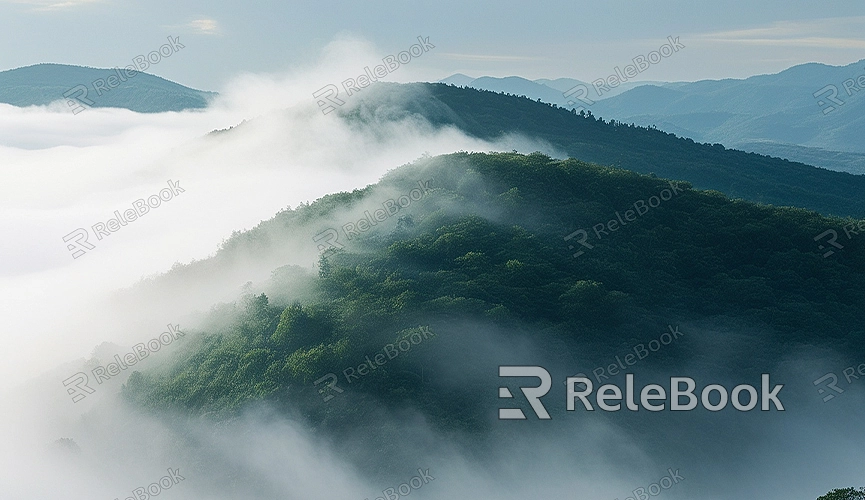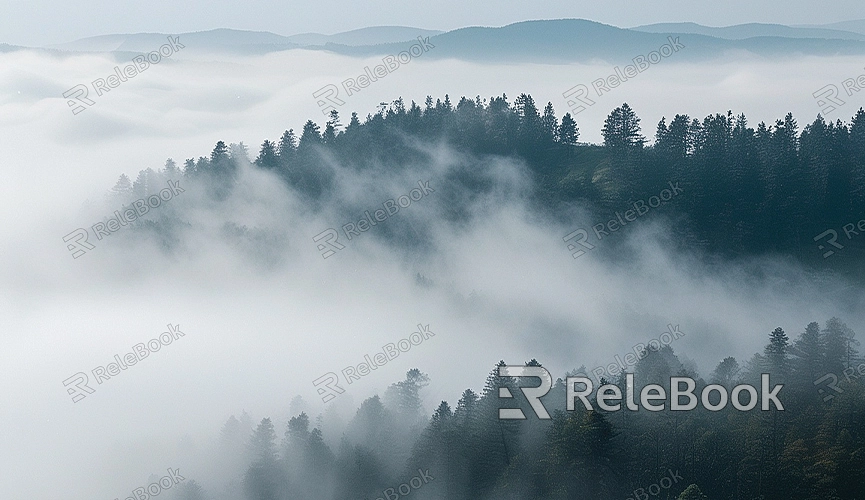How to Render Smoke in Blender Cycles
In 3D modeling and animation, smoke effects can add realism and dynamic elements to your scenes. Blender's Cycles render engine is a powerful tool for handling complex smoke effects. Whether you're creating special effects animations or designing virtual environments, mastering how to render smoke in Blender Cycles will help you achieve stunning visual results. This article will detail how to render smoke effects in Blender Cycles, covering smoke simulation setup, adjusting render parameters, and optimizing performance.
Preparing the Smoke Simulation

First, you need to establish the basic setup for your smoke effect in Blender. This process involves smoke simulation and material settings. Here are the steps:
- Create a Smoke Source: In Blender, select the object from which you want the smoke to originate. Typically, a smoke source is a sufficiently voluminous object, like a cube. After selecting the object, switch to the Physics Properties panel, click on the “Smoke” option, and select “Smoke” as the physical type. This will designate the object as a smoke source.
- Set Up the Smoke Domain: Create a large cube to serve as the smoke simulation area. This cube should completely enclose the smoke source object to ensure the smoke effect can be rendered throughout the area. In the Physics Properties panel, set this cube as the “Smoke Domain.” You can adjust the size and position of the smoke domain to cover the entire scene.
- Adjust Smoke Settings: In the smoke settings, you can tweak various parameters such as “Density,” “Temperature,” and “Burn Rate.” These settings will affect the appearance and movement of the smoke. For example, increasing “Density” will make the smoke thicker, while adjusting “Temperature” can change its flow characteristics.
Configuring the Cycles Render Engine

Blender's Cycles render engine provides high-quality ray tracing effects, making it ideal for rendering smoke. Here are the steps to configure the Cycles render engine:
- Select the Cycles Render Engine: In Blender's Render Properties panel, set the render engine to “Cycles.” The Cycles render engine can deliver more realistic lighting effects and smoke details.
- Set Render Parameters: In the Cycles render settings, adjust the “Sampling” parameters to improve the quality of the smoke render. Higher sample counts will yield finer render results, but will also increase render time. Choose an appropriate sample value, such as 200 or higher, for the best effects.
- Enable Volume Lighting: In the Cycles render settings, make sure the “Volume Lighting” option is enabled. Volume lighting allows the rendering of light scattering through smoke, making it look more realistic. Under the “Volume” tab, adjust the “Volume Scattering” parameters to achieve the desired lighting effects.
Optimizing Render Performance
Rendering smoke effects can take a significant amount of time and computational resources. To enhance rendering efficiency, consider the following optimization tips:
- Use Low-Resolution Simulations: During initial tests, opt for a lower resolution for smoke simulations. This will speed up rendering times and help you quickly visualize effects. Once final adjustments are made, increase the resolution to the desired level.
- Adjust Lighting Settings: Reducing the number and complexity of light sources in the scene can effectively increase rendering speed. Use simple lighting setups and avoid excessive reflections and refractions to help minimize render times.
- Utilize Tile Rendering: If your scene is particularly complex, consider dividing the render area into smaller sections for rendering. Blender's tile rendering functionality can improve efficiency and make the rendering process smoother.
Reviewing and Adjusting Effects
After rendering is complete, check if the smoke effect meets your expectations:
- View Render Results: Inspect the generated render images or animations in Blender, checking the appearance, flow, and details of the smoke. If the results are not satisfactory, return to Blender to make adjustments and re-render.
- Fine-Tune Settings: Based on the render results, tweak the smoke settings and parameters until you achieve the desired effect. Adjust the smoke's density, speed, and lighting to ensure the final render meets project requirements.
Rendering smoke effects in Blender Cycles is a multi-step process involving smoke simulation setup, render engine configuration, and performance optimization. By correctly configuring the render engine, adjusting smoke parameters, and applying optimization techniques, you can achieve high-quality smoke effects that enhance the realism and dynamism of your 3D scenes.
If you need high-quality 3D textures and HDRIs while creating models and virtual scenes, you can download them for free from [Relebook](https://textures.relebook.com/). For beautiful 3D models, check out [Relebook](https://3dmodels.relebook.com/), which offers a wide range of premium 3D resources. I hope these tips help you successfully render impressive smoke effects and elevate the quality of your projects.

